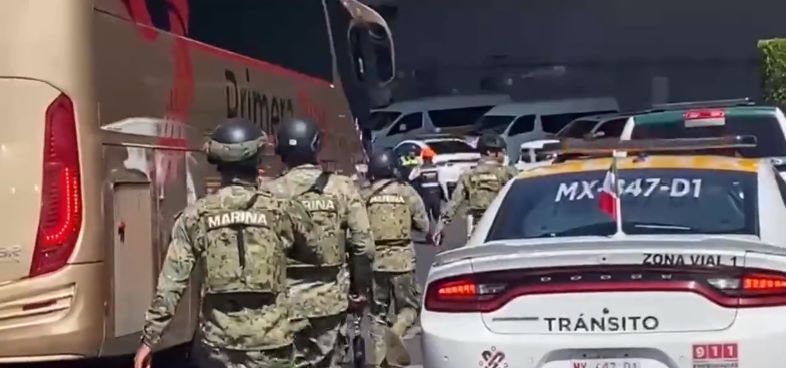The Airport Shooting That Has Mexico City Rethinking Security
The recent shooting near Terminal 1 of the Mexico City International Airport (AICM) has thrown a spotlight on the pressing challenges facing public security in the metropolis. An agent was seriously injured, an alleged cargo-truck robber was detained, and passengers were thrown into chaos.

In the bustling milieu of Terminal 1 at the Mexico City International Airport (AICM), chaos erupted with the sound of gunfire, causing immediate panic among passengers and precipitating an urgent police response. The airport—a microcosm of internationalism, commerce, and, ordinarily, safety—suddenly morphed into a frightening theater of crime and law enforcement. This unsettling incident is emblematic of broader systemic challenges confronting Mexico City, from organized crime to gaps in public safety.
The shooting, according to Pablo Vázquez Camacho, Secretary of Security of Mexico City (CDMX), originated from a confrontation near Carlos León Avenue. An agent was grievously injured by gunshot wounds, while another officer was struck and injured by a vehicle. The assailant—allegedly a 27-year-old involved in a cargo truck robbery—was swiftly detained. In an attempt to escape, he rammed into multiple vehicles and ran over a policewoman before being apprehended. Witnesses recounted harrowing moments when armed marines ordered everyone to take cover.




